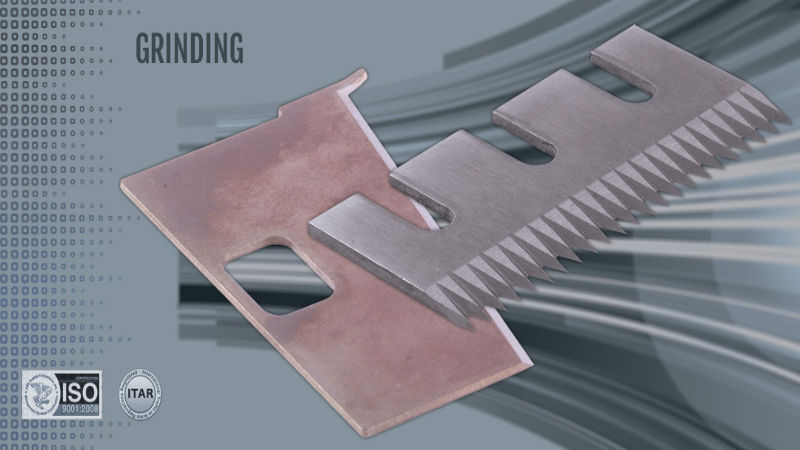Manufacturing is highly competitive no matter what sector you are providing products for. In order to survive, companies strip down to the basics, leaving a lean production facility. However, this poses some difficulty when producing a specialized product or when the need is for a customized part. This is when services such as contract machining, a type of contracting out or outsourcing, provides a viable and highly desirable solution.
Why Out Source?
Contracting out is often the way to address what could be a limited need for a product or component. It involves a manufacturing firm working in partnership with a contract manufacturer. While this may appear to reduce control over the production of a part to an unknown second party – the contractor, it can be the beginning of a profitable relationship. By making the decision to work together with a contract machining shop on the project, the manufacturer can:
- Take advantage of the machine shop’s expertise to get the job done to perfection
- Have access to the latest technology without the expense accompanying retooling
- Continue to produce without worrying about shifting resources, therefore, causing distractions and disrupting production
- Expect the delivery of the component on time and within budget without having to adjust the production level or timeframe
For most manufacturers, it is also all about saving money. By hiring a contract manufacturer, a company reduces the overhead costs of hiring new workers and/or training old ones. It avoids having to purchase and install new equipment, which can increase capital costs by demanding the construction of a new facility or the extension of older premises. If the product fails to succeed, all these expenditures create serious financial issues and negative investor reactions.
Contract Machining
The purpose of contract manufacturers is twofold: overhead reduction and streamlined production. By employing contract machining services, a manufacturing firm can amplify productivity. It can also expand into other markets without negatively impacting the bottom line of the firm.


